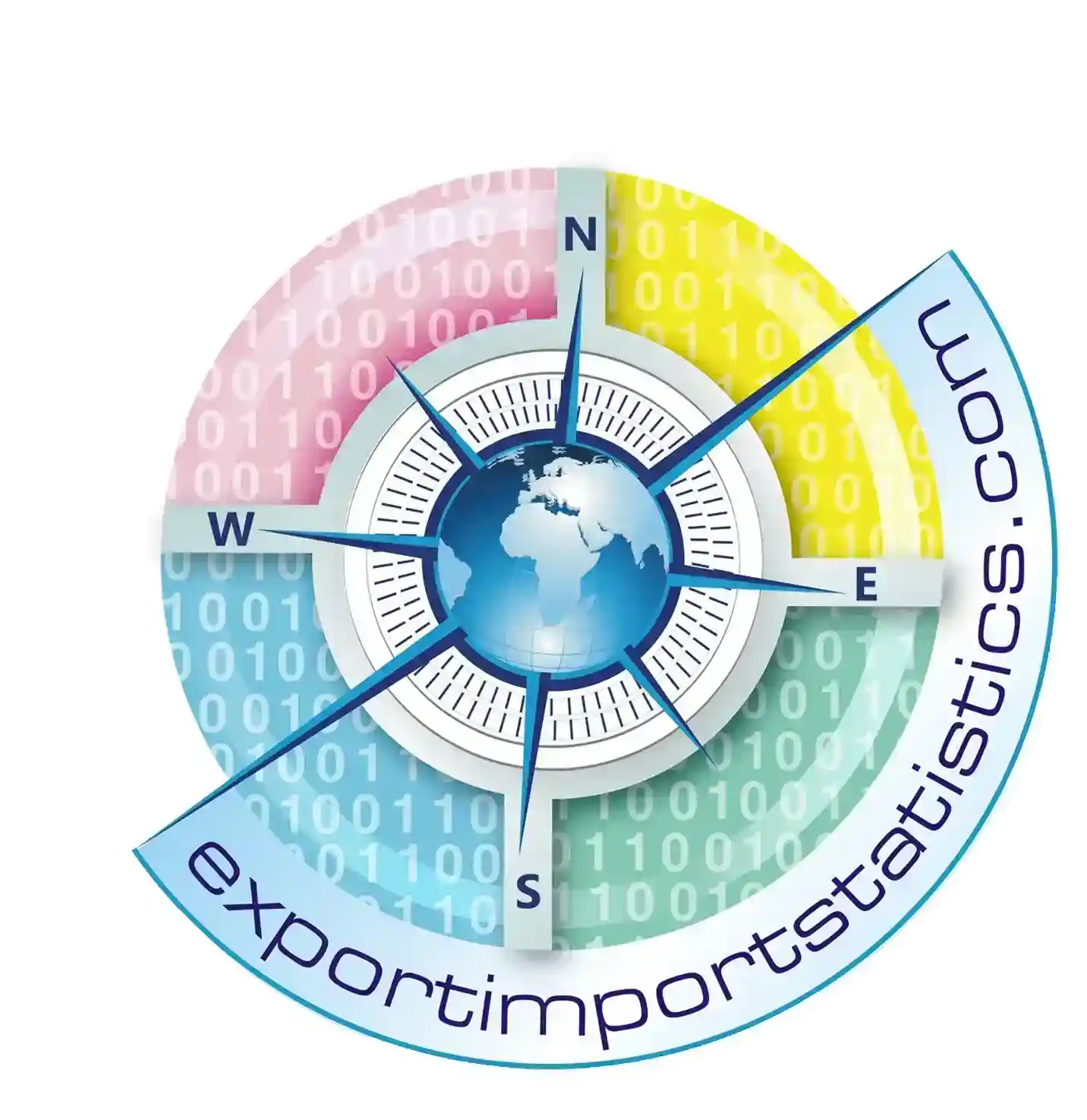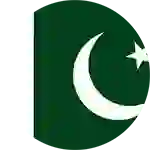Pakistan
-- Islamic Republic of Pakistan --
Pakistan is a sovereign country in South Asia. With a population exceeding 180 million people, it is the sixth most populous country. Located at the crossroads of the strategically important regions of South Asia, Central Asia and Western Asia And bordered by India to the east, Afghanistan to the west and north,Iran to the southwest and China in the far northeast. It is separated from Tajikistan by Afghanistan's narrow Wakhan Corridor in the north, and also shares amarine border with Oman.
The territory of modern Pakistan was home to several ancient cultures, including the Neolithic Mehrgarh and the Bronze Age Indus Valley Civilisation. The territory has been the home to kingdoms ruled by people of different faiths and cultures, including Hindus, Persian, Indo-Greek, Islamic, Turco-Mongol, Afghanand Sikh.
It has a semi-industrialised economy which is the 26th largest in the world in terms of purchasing power and 45th largest in terms of nominal GDP. Pakistan's post-independence history has been characterised by periods of military rule, political instability and conflicts with neighbouring India.
-- Economy --
Pakistan is a rapidly developing country and is one of the Next Eleven, the eleven countries that, along with the BRICs, have a high potential to become the world's largest economies in the 21st century. However, after decades of war and social instability, as of 2013, serious deficiencies in basic services such as railway transportation and electric power generation had developed. The economy is semi-industrialized, with centres of growth along the Indus River. The diversified economies of Karachi and Punjab's urban centres coexist with less developed areas in other parts of the country. Pakistan is one of the largest producers of natural commodities. The major source countries of remittances to Pakistan include UAE, USA, Saudi Arabia, GCC countries (including Bahrain, Kuwait, Qatar and Oman), Australia, Canada, Japan, UK and EU countries like Norway, Switzerland, etc. According to the World Trade Organization Pakistan's share of overall world exports is declining; it contributed only 0.128% in 2007. The trade deficit in the fiscal year 2010–11 was US$11.217 billion. The structure of the Pakistani economy has changed from a mainly agricultural to a strong service base.
-- Politics --
Pakistan is a democratic parliamentary federal republic with Islam as the state religion. The first Constitution of Pakistan was adopted in 1956 but suspended by Ayub Khan in 1958. The Constitution of 1973—suspended by Zia-ul-Haq in 1977 but reinstated in 1985—is the country's most important document, laying the foundations of the current government. The prime minister is usually the leader of the largest party or a coalition in the National Assembly. He serves as the head of government and is designated to exercise as the country's chief executive. The premier is responsible for appointing a cabinet consisting of ministers and advisors as well as running the government operations, taking and authorising executive decisions, appointments and recommendations that require executive confirmation of the Prime Minister. Each of the four province has a similar system of government, with a directly elected Provincial Assembly in which the leader of the largest party or coalition is elected Chief Minister. Chief Ministers oversees the provincial government and head the provincial cabinet, it is common in Pakistan to have different ruling parties or coalitions in the provinces. The provincial assemblies have power to make laws and approve provincial budget which is commonly presented by the provincial finance minister every fiscal year.Provincial governors who play role as the ceremonial head of province are appointed by the President.
-- Industry --
Important industries include clothing and textiles (accounting for nearly 60% of exports), food processing, chemicals manufacture, iron and steel.[192]There is great potential for tourism in Pakistan, but it is severely affected by the country's instability.[193]Pakistan's cement is also fast growing mainly because of demand from Afghanistan and countries boosting real estate sector, In 2013 Pakistan exported 7,708,557 metric tons of cement. Pakistan has installed capitcty of 44,768,250 metric tons of cement and 42,636,428 metric tons of clinker. In the 2012–2013 cement industry in Pakistan became the most profitable sector of economy. The textile sector enjoys a pivotal position in the exports of Pakistan. Pakistan is the 8th largest exporter of textile products in Asia. Pakistan is the 4th largest exporter of cotton with the third largest spinning capacity in Asia after China and India, and contributes 5% to the global spinning capacity. China is the second largest buyer of Pakistani textiles, importing $1.527 billion of textiles last fiscal. Unlike US where mostly value added textiles are imported, China buys only cotton yarn and cotton fabric from Pakistan. In 2012, Pakistani textile products accounted for 3.3% or $1.07b of total UK’s textile imports, 12.4% or $4.61b of total Chinese textile imports, 2.98% or $2.98b of total US’s textile imports, 1.6% or $0.88b of total German textile imports and 0.7% or $0.888b of total Indian textile imports.
-- Trade in Pakistan --
Major exports of Pakistan : House linen (10%), Rice (10%), Cotton yarn of > 85% (7%), Petroleum oils, refined (6%), Men's suits, not knit (4%)
Major imports of Pakistan : Petroleum oils, refined (22%), Palm oil, crude (5%), Petroleum oils, crude (5%), Rape or colza seeds (2%), Electric generating sets and rotary converters (2%)
Major trade partners of Pakistan (Exports) : United States (15%), Afghanistan (8%), United Arab Emirates (8%), China (7%), Germany (5%)
Major trade partners of Pakistan (Imports) : China (18%), United Arab Emirates (16%), Kuwait (8%), Malaysia (7%), Japan (5%)


